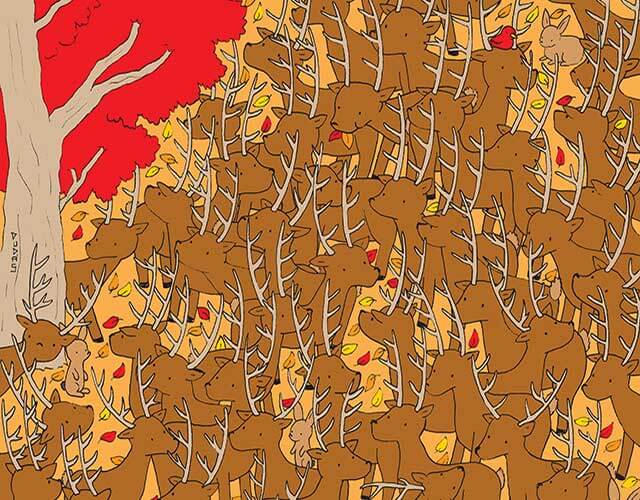Strawberry Moon: What It Is, Its Origin, and When to See It
The Strawberry Moon Explained: History, Meaning, and Viewing Dates
Reading time: 1 minute, Discovery Chepe Id-742-ECO
Published on 06-09-2025

Each year, as summer begins to unfold in the Northern Hemisphere, skywatchers anticipate one of the most poetic and visually stunning lunar events: the Strawberry Moon. Despite its fruity name, this moon isn't red nor shaped like a strawberry but its cultural and astronomical significance is deep-rooted and fascinating.
Why Is It Called the "Strawberry Moon"?
The name Strawberry Moon comes from Native American tribes, particularly the Algonquin, who associated this full moon with the ripening of strawberries in early June. This lunar phase signaled the time for gathering wild strawberries a vital seasonal event. The term has since been adopted into popular culture, even if the moon itself remains pale gold or soft amber in hue.
How the Strawberry Moon Occurs
The phenomenon is not unique in terms of the moon's structure, but rather its timing. It is simply the full moon of June. However, the position of the moon during this time of year gives it a distinctive appearance.
1- Orbital Position: During late spring and early summer, the full moon's path across the sky is lower than at other times of the year. This causes the moon to appear larger and more golden, especially when close to the horizon.
2- Atmospheric Effects: When the moon is low in the sky, its light travels through a thicker layer of Earth's atmosphere. This scattering effect causes the moon to take on warmer tones sometimes pinkish, orange, or golden.
3- Seasonal Contrast: The moon's brilliance against the relatively darker, late evening sky of June enhances its visibility and impact. People often report a more dramatic and beautiful lunar display during this time.

When to Witness the Strawberry Moon: Your Guide to June's Full Moon
Where and How to See the Strawberry Moon
The Strawberry Moon is visible from all over the world, but some regions offer clearer and more picturesque views.
a) Rural Locations: To enjoy the moon without light pollution, head to countryside or mountainous areas. Open landscapes make it easier to observe the moonrise and capture stunning photos.
b) East-facing Views: Look to the eastern horizon just after sunset. That's when the Strawberry Moon usually rises, offering the most impressive sights.
c) Apps and Timing: Use apps like Time and Date or Stellarium to find the exact time of moonrise in your area.
When Will the Next Strawberry Moon Occur?
In 2025, the Strawberry Moon is expected to rise on Friday, June 13. While the exact date may vary slightly depending on your location, the celestial event is set to enchant observers worldwide on or around that night.
Is the Strawberry Moon Rare?
Not at all. The Strawberry Moon occurs every year, marking the June full moon. However, its beauty lies in its symbolic timing and its role in ancient agricultural calendars. In some years, it coincides with other events like lunar eclipses or supermoons, making it even more spectacular.
Final Thoughts
Whether you're an amateur astronomer, a photographer, or simply someone who enjoys nature's wonders, the Strawberry Moon offers a moment to pause and connect with the rhythms of the Earth and sky. As the golden moon rises, remember that you're witnessing a tradition that links us with generations past a natural reminder of beauty, timing, and change.
For more information, you can explore NASA's lunar calendar at solarsystem.nasa.gov or follow the latest astronomy news via EarthSky.
See Also
Discovery Chepe
Most read...















